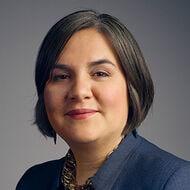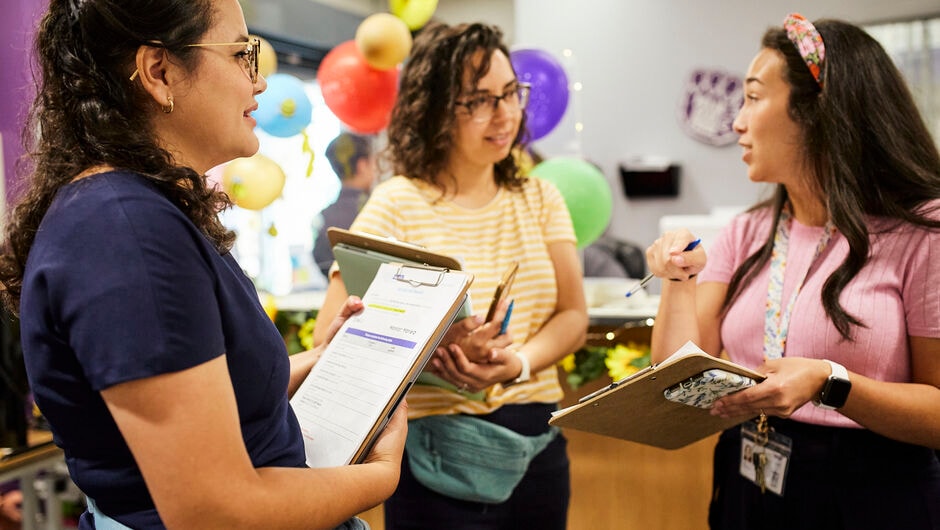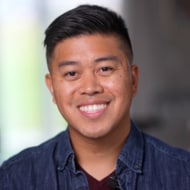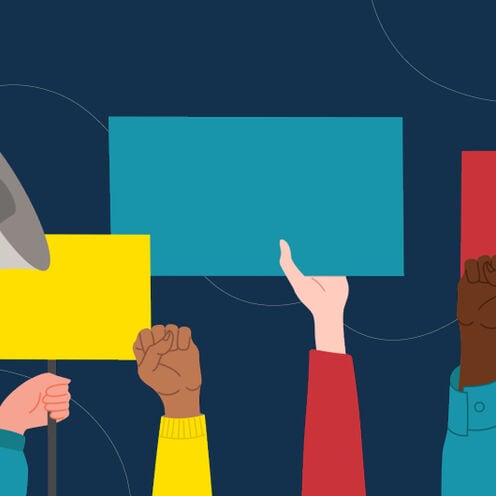
Youth-Led Activism is Key to Building a Better World
Youth have always played a critical role in social change—and they can do so even in our digital, pandemic-restricted world.
Black youth led the Children’s Crusade of the Civil Rights Movement. Facing violence while gathering for education rights, they highlighted a relentlessly racist Jim Crow south and pushed forward the Civil Rights Act of 1964.
In 1968, Mexican-American students led school walkouts demanding an education that validated their culture, language, and identity. Among the largest student protests in U.S. history, it fueled the Chicano Rights Movement and influenced education policies, practices, and rights. In 2018 interracial youth across the U.S founded the March for Our Lives movement to end the gun violence epidemic.
Now we face COVID-19 and the inequities it’s magnified; the persistent social virus of racism and white supremacy as well as the climate crisis increase our urgency. In this moment of social transformation, youth play a critical role in building change, and now they are using digital platforms to make it happen. Although youth and adults continue to use traditional and in-person approaches to social change, such as canvassing, marches, and other methods of protest, the past decade—and more recently the past year—has fueled a different type of activism.
“Youth voice from elementary to mid-20s matters because we are exposed to these things on social media, we are more connected in digital ways, especially across the nation and the globe. We are able to build solidarity now more than ever,” says Victoria Acuna, a 22-year-old youth activist and teaching assistant in the Public Achievement (PA) program where I work. In the summer of 2020, screens across the world showed people standing with Black Lives Matter in protest of continued police brutality and racist violence. The movement increased attention to digital hashtag campaigns like #saytheirnames and #sayhername, which made visible decades and centuries of state-sanctioned violence against Black bodies. These realities fueled an estimated six to 10 of every 100 people in the U.S. to demonstrate in BLM protests, perhaps the largest social movement in history.
Social Change Through a Screen
But as COVID-19 still keeps us closer to home, we’re experiencing social change, and education, differently.
As an educator and youth organizer, I’ve witnessed and led virtual adaptations during the pandemic. In my work with the Public Achievement program, I teach undergraduates who join with K-12 youth to identify social problems and lead community projects that address them. Youth guide policies, events, curriculum, social media, and district-wide student voice around issues like underrepresentation of students of color in advanced classes and the need for family separation education and resources in school. This international model for youth-led civic engagement is rooted in the Citizenship Education Program (CEP) of the Civil Rights movement. Led by Dorothy Cotton and Septima Clarke, mother of the Civil Rights movement, alongside the leadership of Dr. Martin Luther King Jr., the CEP mobilized over 65,000 everyday people to work against racism, voter suppression, and police brutality.
I wonder if Septima Clarke or a young Harry Boyte—founder of Public Achievement who worked as a field secretary for Dr. King—could’ve imagined we’d gather from homes or cars to address the same issues through a screen? We are trying.
Using Technology to Build a Better World
This moment is urging us to continue to challenge and exit oppressive systems and work to build a better world using technology to aid us. Educators, families, and youth are reimagining school and engaging in new ways with virtual learning. We are building community digitally with people we’ve never met in person and together still making change locally, fueling digital civic engagement. Lia Coyle, a 20-year-old participant in Public Achievement, explains that “online learning is not a system rooted in centuries of violence and oppression, so in this time we can work to build a new precedent and system.” Youth are building liberating systems by using their voices on issues shaping their lives, like Black Lives Matter, immigration rights, gun violence, education inequity, and climate justice. Although 2020 and the pandemic have accelerated this youth-led digital civic engagement, this movement was happening before 2020 and will continue shaping the future of social change.
Adults and educators can support youth activism with digital tools, social media, and curriculum that build youth capacity to lead the change. Make digital tools accessible (like recording equipment, software, or internet access) and give encouragement. Learn ways youth use social media to engage civically and follow brilliant teenage change-makers like Gretta Thunberg and Mari Copeny. Build responsive digital curricula about social change. Youth constantly request ethnic studies—education centering the true histories and experiences of people of color—and we should provide it to them. Especially if you are a white or white-passing educator (or work with students in any capacity), do your work around dismantling white supremacy in yourself and your community and don’t attempt to teach over white guilt. More importantly, challenge racist education norms and systems. With access to relevant learning and the use of digital tools, youth lead change.
This moment also calls adults and educators to imagine and act with youth. Imagination is an action that can bend the future and the arch of justice. During a program workshop organized by Assistant Director, Soraya Latiff, we explored the possibilities of how educators and youth use digital technology to engage critically. Middle school teacher Jackson Whittington from San Francisco United School District shared how he supported students using Minecraft gaming to envision empowering monuments in place of removed Confederate statues. This idea spread to youth across the country who are envisioning new structures and societies. For some this type of education is deemed “too political” for school. This is a reminder that there is nothing partisan about human rights, and we must break through that norm of silence regarding oppression and discrimination.
Facing the Dangers of Activism
Using our voices as educators alongside youth to speak out on issues like racism, white supremacy, homophobia, sexism, or immigrant rights can result in real and sometimes dangerous consequences in our schools, families, and virtual worlds. Oftentimes, asserting our rights to justice and fairness, especially when it critiques our schools and the adults who run them, can compound our experiences with discrimination. Speaking out on social media can also lead to cyber-bullying, experiencing discriminatory and violent language, or even threats of violence.
We must hold individuals, our communities, and those in power accountable for racist or violent backlash toward youth and educators who are attempting to right wrongs by “shin[ing] the light of truth on them,” as Ida B. Wells suggests. Young people must not be afraid to report threatening behavior to adults they trust; adults must create safe spaces for them to do so, and follow through when youth report problems. We must attempt to build accountability and repair by addressing people directly about their harm.
For many adults, like Dr. King who initially resisted the 1964 Children’s Crusade, the reality of the emotional and potential physical harm of youth activism causes ethical dilemmas. We can prepare ourselves for these experiences by learning from the practices of those who’ve faced resistance before and by studying our human rights so we can assert them. Most importantly, if you’re an adult, be one who respects the voices of youth, even and especially when they critique us. Adults and educators hold power that can determine if youth are taken seriously to help lead change. It is our duty to honor youth rights and voices in our schools and communities.
Supporting Youth to Lead the Way
Our commitment to youth must also be rooted in persistently challenging learned deficit views regarding youth capabilities, especially youth of color, youth with disabilities, or emergent-bilingual youth.
Julia Love, 14, a Public Achievement participant explains, “We’ve seen how successful youth have been in movements in the past, especially involving education and racism in education, and you can see youth coming together today around issues like BLM and climate change and gun violence and encouraging voters a lot more. It shows our generation is educated and passionate and that we do care about these topics.”
Youth are seriously impacted by the events unfolding in the world and in their lives and we can shift the dominant narrative that they don’t care. As educators and other adults, we must make sure we also work to build fairness and justice anywhere we can. Advocate locally for youth access to the internet, devices, and digital funding. Stand up against white supremacy and any forms of discrimination in ourselves, our communities, and our systems. Work with youth on building a better world beyond trending moments of change. Listen. Provide the tools and watch youth lead digital civic engagement and social change, and try to not get in the way.
Recommended Resources on Teaching Civic Engagement for Social Change:
- Facing History Facing Ourselves: Curriculum for teaching the East LA Walkouts
- Public Achievement: Webinar on history of #BlackLivesMatter
- Harvard School of Education: Digital Civics Toolkit (Project Zero)
- Teaching Tolerance: Podcast on Digital Literacy and Youth Civic Engagement
- UNICEF: Analysis of digital civic engagement by young people
- Scholars Nicole Mirra and Antero Garcia’s on youth activism in the digital sphere
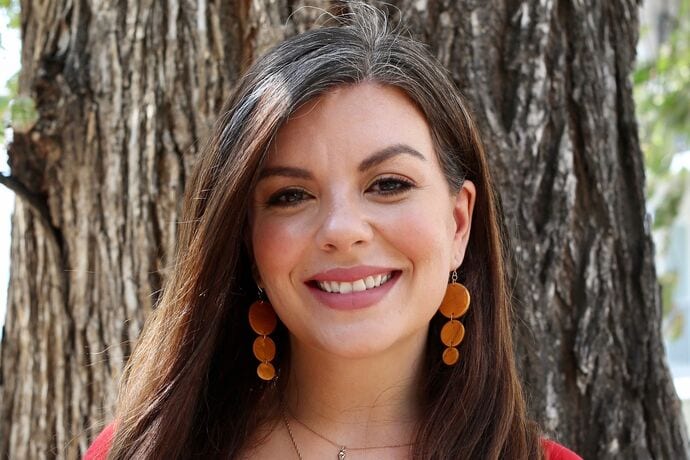
Charla Agnoletti, M.Ed (Colorado ‘09) is program director and instructor for the Public Achievement in the School of Education at the University of Colorado at Boulder. For Charla, a lifelong commitment to educational equity and social justice is rooted in her experiences as a former student and teacher in Denver Public Schools. She is currently pursuing a Doctorate (Ph.D) in Critical Studies in Education at UC Denver. Contact her at charla.agnoletti@colorado.edu or find her on Instagram (@theeducationista) or Twitter (@laeducationista).
We want to hear your opinions! To submit an idea for an Opinion piece or offer feedback on this story, visit our Suggestion Box.
The opinions expressed in this piece, and all others in our Opinion section, represent those of the authors and do not necessarily reflect the views and opinions of the Teach For America organization. Teach For America is a 501(c)(3) nonpartisan, nonprofit organization and does not endorse any campaigns or candidates for public office. Recipients of AmeriCorps funding, including most TFA corps members, are prohibited from engaging in political, voter registration, and census activities while charging time to their AmeriCorps grant.
Sign up to receive articles like this in your inbox!
Thanks for signing up!
Content is loading...







